Have questions? Call 1-833-BC-WORLD (1-833-229-6753)
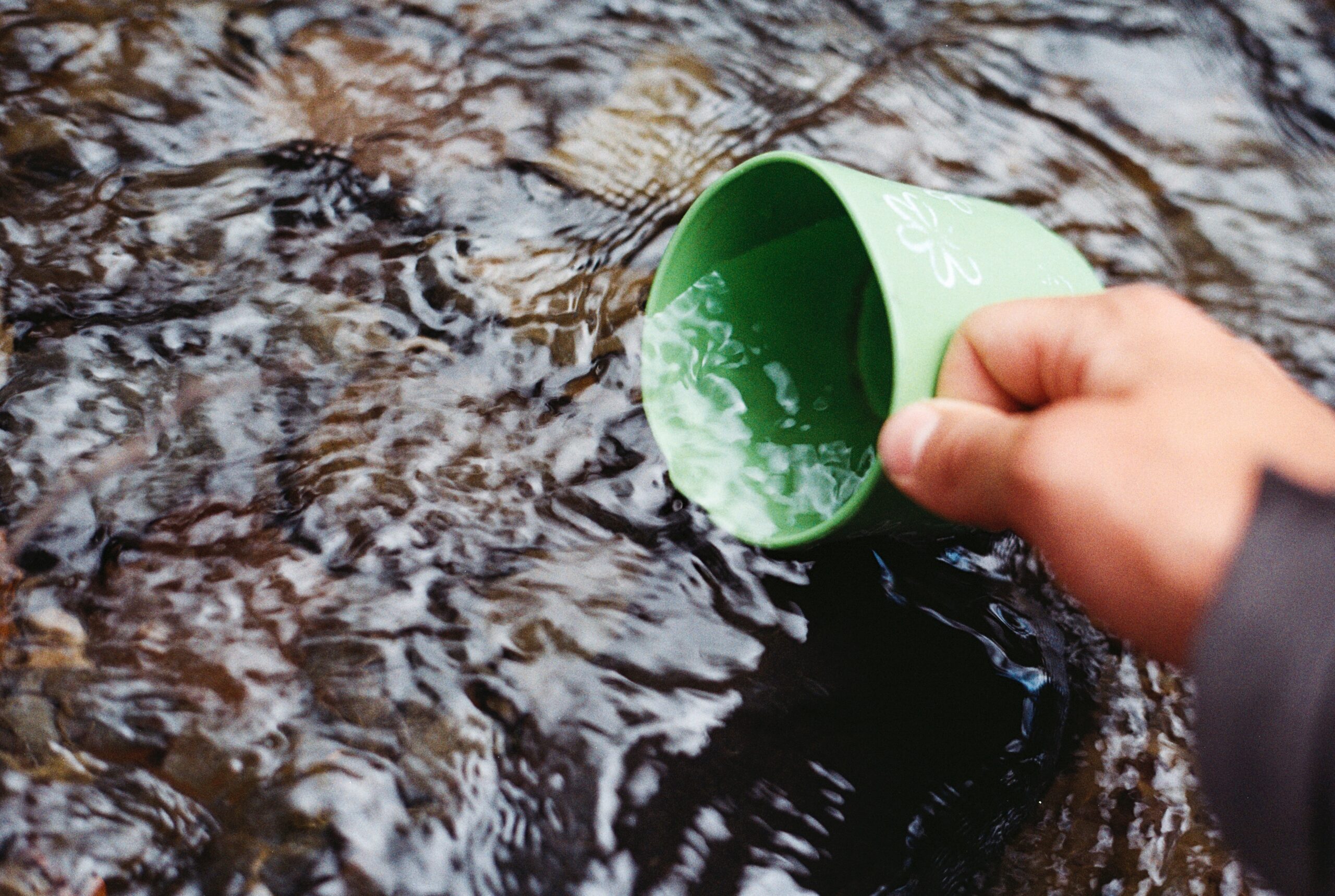
Purifying Water in the Wild

Knowing how to treat and purify water is crucial for your health and ensures you do not become ill. According to the World Health Organization, “Absent, inadequate, or inappropriately managed water and sanitation services expose individuals to preventable health risks.” There are many risks that come with drinking unsafe water, including transmissible diseases. The World Health Organization includes diseases that can be spread, “cholera, diarrhea, dysentery, hepatitis A, typhoid and polio.”
There are many ways to safely purify water in the wild. All these methods rely on different materials to have on hand, and offer different levels of protection. Knowing each one and it’s benefits is important, and can help you if you’re in a pinch, or looking for a long-term solution to your safe water problems.
Common Methods of Water Treatment
Before utilizing any of these water treatments, filtering the water is always a smart choice and can never hurt. Different ways to filter water in the wild can be with a coffee filter, a cloth, or even a paper towel. Doing this beforehand can help rid your water of any large particles like bugs, dirt, rocks, and other unwanted contaminants.
Perhaps the most popular method of water treatment is to boil the water. This can be difficult to do if you don’t have necessary resources like firewood, or a lighter. Because this method requires some sort of heat source, it’s not always a fail-safe option.
Another way to treat water is with vinegar and lemon. This natural way of treating the water can reduce the concentrations of microorganisms in the water. If the correct concentration of lemon juice is added to the water, it can be effective in reducing harmful microorganisms in the water including V. cholera. Researchers found that these naturally derived substances were effective against giardia cysts and even salmonella. Although, it should be noted that these were only reductions seen in concentrations of microorganisms rather than near-elimination that other methods will provide.
Another alternative for water treatment is by using bleach. You can disinfect water by using unscented chlorine bleach. This is a good alternative to treat water if you are in an emergency situation and do not have other ways to treat the water. Using bleach can be difficult because it is important to use the correct concentration of bleach with the water. This method of disinfecting water can treat water against viruses and bacteria but is not recommended for long-term use.
Water Purification Tablets
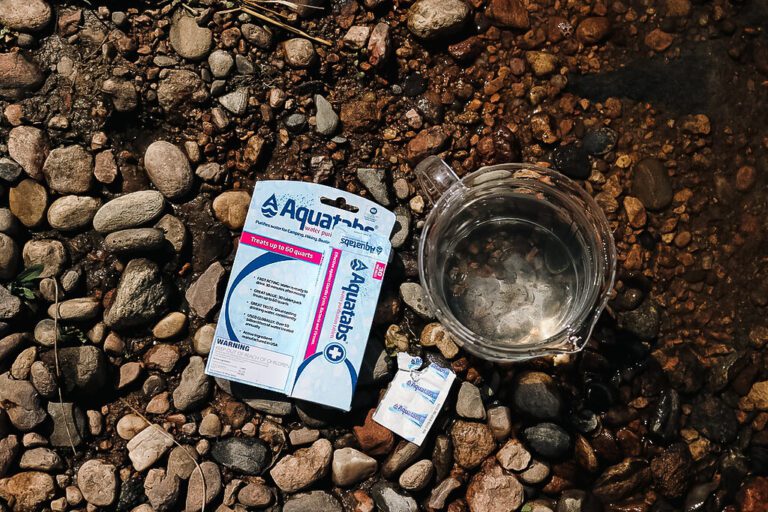
Water purification tablets are a great option because they are easy to carry when backpacking, camping, or hiking in the wild. Some come in glass or plastic bottles, and others in thin foil packaging. The lightweight packaging of Aquatabs for example makes them incredibly convenient as you don’t sacrifice precious space in your bag, or add on unnecessary weight. A lot of water is needed for long hikes, and packing a lot of water can be heavy in backpacks. Water purifying tablets can solve this problem, all you need is a water bottle, a water source, and your tablets! These are also a great option for the wild because of how quickly they dissolve and disinfect unsafe water. Tablets can take anywhere from 30 minutes to 4 hours to work, with Aquatabs on the faster side, treating water in just half an hour.
The most common active ingredients in these tablets are iodine and chlorine. These chemicals ensure that you have safe water to drink by eliminating harmful microorganisms like bacteria and viruses. However, different brands of water purification tablets may use a different concentration of chemicals so it’s important to do your research and understand which may be the most effective, lowest cost, or overall best fit for you. Iodine tablets for example are not recommended for pregnant women, children, or for general long-term use. Chlorine based solutions on the other hand, are perfectly safe for all ages and can be used as a long-term solution for safe drinking water.
Benefits of Water Purification Tablets
Aquatabs are very convenient to use and light to carry on adventures in the wild. Using Aquatabs does not require as much effort as trying to use bleach or another alternative water treatment to make water safe to drink. Choosing to use Aquatabs saves time on having to prepare the water to drink, and does not leave a strong taste. When using bleach for water treatment, it can leave a bad taste behind making it difficult to enjoy drinking. Aquatabs are lightweight and compact, and many can be carried in a bag for a variety of adventures in the wild, other methods of water treatment can take up space in a bag and be heavy to carry, including bleach.
There are different options for Aquatabs depending on the amount of water that needs to be treated, this makes it easier and less time-consuming than other methods of water treatment. Knowing the amount of water that Aquatabs tablets can treat is more time efficient than having to figure out the perfect dosage of bleach, lemon, or vinegar is needed to treat the water yourself. Having any method to purify water while hiking or during other activities in the wild can help make you prepared for any situation you may find yourself in. This can help give you peace of mind and save money on bottled water.
Recent Posts
-
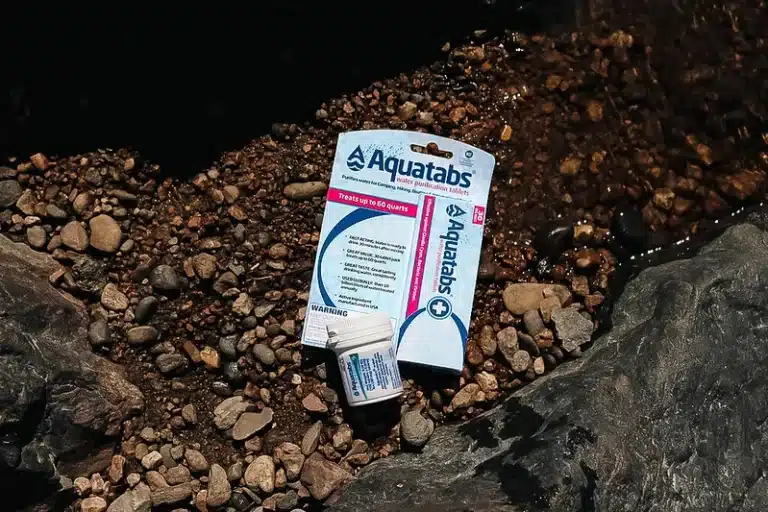
How to Use aquatabs for water purification while hiking
May 7, 2025 UncategorizedSo, you’re planning your next hike. You’ve got all the gear: your backpack, boots, binoculars—and Aquatabs to make sure you stay hydrated and healthy on.
-
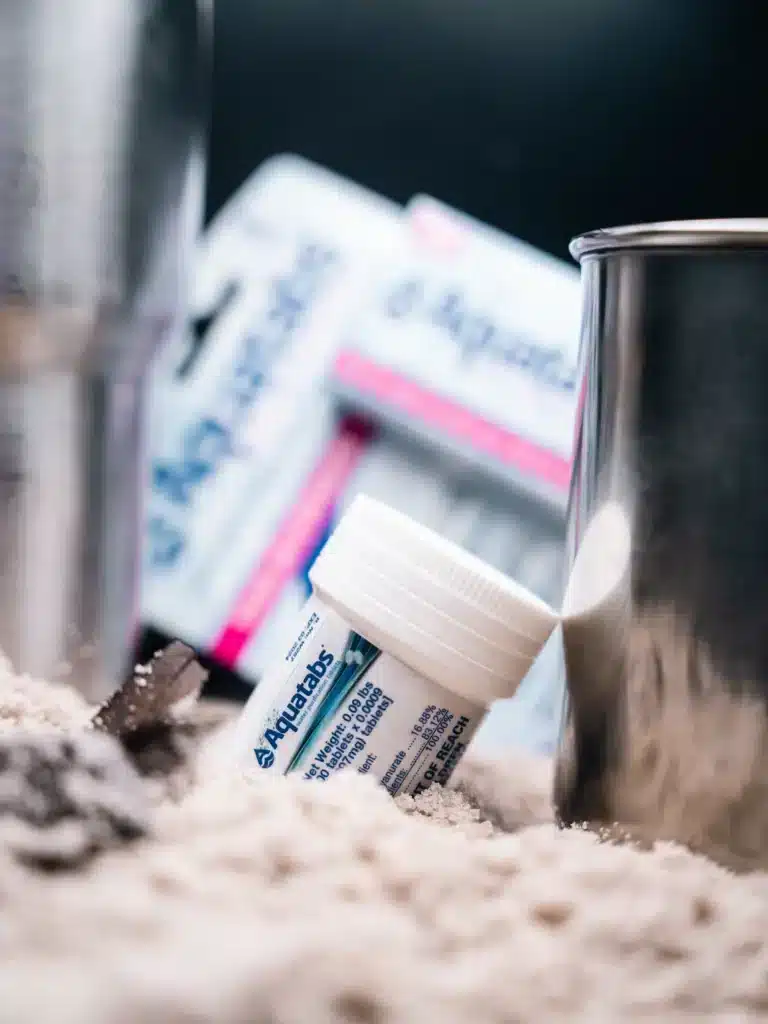
How do Aquatabs Work? The Science Behind Water Purification Tablets
April 18, 2025 UncategorizedBy: Jessica Miller Aquatabs: a fast-working water purification tablet that everyone knows and loves. However, not everyone understands how this helpful little tablet works. There.
-

Aquatabs Celebrates Women’s History Month: Historic Female Adventurers
March 28, 2025 UncategorizedBy: Jessica Miller History is not recorded objectively. Rather, it is dictated by social standards and circumstances. Although these social standards are constantly moving and.
-

Love in Every drop: How aquatabs water purification tablets help protect what matters most
February 13, 2025 UncategorizedBy: Jessica Miller February is here and love is in the air! Congratulations to all for making it through the cold length of January! Whether.
-
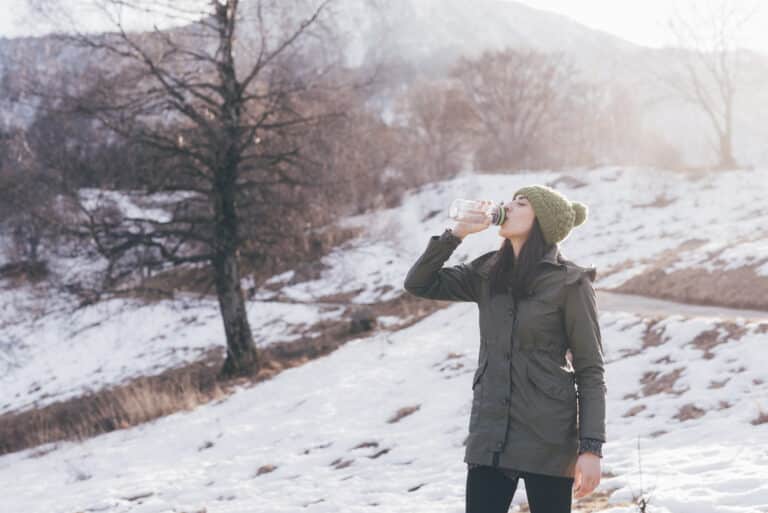
New Year's Resolution: Drink More Water
January 10, 2025 UncategorizedAs we adventure into the New Year, make staying hydrated a top priority! Protect your health at the same time by ensuring your water is.
-

Aquatabs Holiday Gift Guide | Presents for Outdoors Lovers
December 5, 2024 NewsWe know that it can be tough to find that special something for the hiker, camper, or adventurer in your life - but there’s no need to stress! We’ve compiled a list of our favorite gear so that you can choose a gift that will keep giving all year round.
Recent Posts
-

How to Use aquatabs for water purification while hiking
May 7, 2025 Uncategorized -

How do Aquatabs Work? The Science Behind Water Purification Tablets
April 18, 2025 Uncategorized -

Aquatabs Celebrates Women’s History Month: Historic Female Adventurers
March 28, 2025 Uncategorized -

Love in Every drop: How aquatabs water purification tablets help protect what matters most
February 13, 2025 Uncategorized -

New Year's Resolution: Drink More Water
January 10, 2025 Uncategorized -

Aquatabs Holiday Gift Guide | Presents for Outdoors Lovers
December 5, 2024 News

